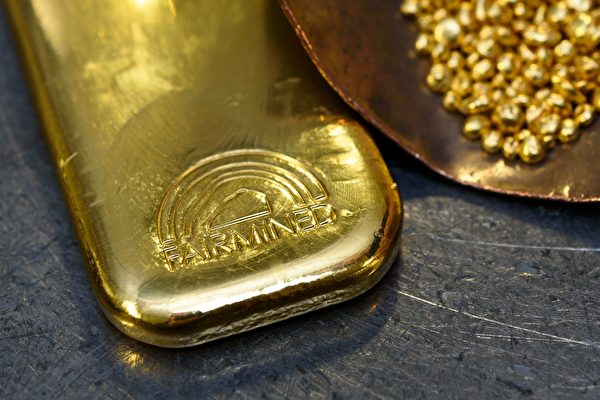China’s gold market accounts for about one-fifth of global sales, traditionally attracting older demographics. Many buyers are middle-aged women looking to increase their gold savings or purchase solid gold bracelets.
Nowadays, even young people are rushing to buy gold, primarily in the form of gold beans, in search of security amidst chaotic times.
However, inexperienced “gold bugs” are easily deceived by professional scammers. Many young people online complain about fake or underweight gold beans they purchased. Simultaneously, there are many videos teaching how to identify genuine gold.
“Euronews” interviewed Rick Kanda, director of the gold trading platform Gold Bullion, to introduce 7 ways to distinguish real gold from fake.
Kanda mentioned that if individuals are uncertain about the authenticity of the gold they bought, the first step is to have it checked by professionals. When making a purchase, it is essential to check product reviews and certifications, but these may not be sufficient to identify authenticity. He recommends consumers perform simple tests at home to distinguish real from fake.
Gold has a very high density, so even a small piece has considerable weight. Therefore, coins, gold bars, or jewelry that appear light may be fake.
Some gold items are marked with weight, so using a scale to weigh it can reveal if it matches the label.
Gold is a “precious metal,” meaning it will not lose its luster, oxidize, or rust, unlike other metals such as silver or copper.
Over time, fake gold will lose its luster, change color, or develop green or black spots due to oxidation or corrosion. Therefore, if consumers notice signs of discoloration on gold, it is likely not pure gold but gold-plated.
Genuine gold has a distinctive, uniform warm yellow hue that is difficult to replicate. Some fake gold is painted with a gold-colored layer over brass, copper, aluminum, or other alloys to mimic the appearance of real gold. Hence, fake gold can come in various colors depending on the materials used.
Moreover, in some fake gold products, the uneven plating results in different shades and spots on the surface.
Using a magnet test is a simple and quick way to determine authenticity. If gold is authentic, it will not be attracted to a magnet.
Kanda also cautioned that some alloys can make fake gold non-magnetic, so it is best to use other tests in addition to a magnet.
By placing gold in a cup or bowl of water, genuine gold, being denser, will sink. Fake gold made from lighter materials will float or sink very slowly, if at all.
When genuine gold comes into contact with highly corrosive substances like vinegar, it will not change color or appearance. Hence, dripping vinegar on purchased gold and observing if it loses its luster or appearance alteration can help identify fake gold.
Although gold is dense, it is also a very soft metal. Scratching or rubbing gold on ceramic will leave yellow or gold-colored marks. If black marks are left, it is likely fake.
Alternatively, one can test the authenticity of gold by placing it on the skin. If the metal reacts with the skin’s heat and sweat, resulting in black, blue, or green discoloration, it indicates fake gold.
(The information in this article is for general informational purposes only and does not constitute any recommendation. The publisher does not provide investment, tax, legal, financial planning, or any other personal financial advice. For specific investment matters, please consult your financial advisor. The publisher does not assume any investment responsibility.)

